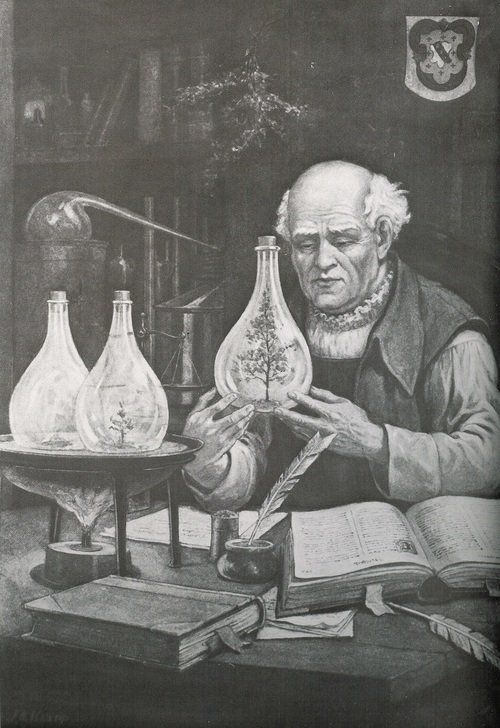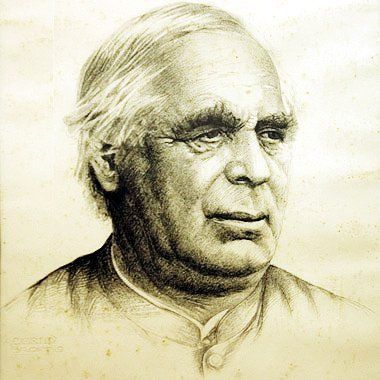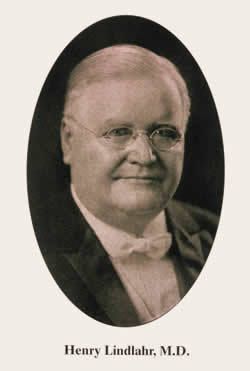THE FATHER OF NATUROPATHIC MEDICINE

Hippocrates, the father of all modern medicine, is seen as a modern naturopathic doctor. The Hippocratic oath is narrated by all doctors of all fields before they receive their doctorate. Of the few fundamental principles of this practice, one of the most well-known would probably be, “Let food be thy medicine, and medicine be thy food.” This principle quote is an enforcement that balance is key when it comes to nutrition and building up a strong, healthy body.
Hippocrates also created the term physician, as one who observes nature and one who applies the principles. By using baths, rest, food and the healing power of nature, fever and excretion of sickness can be achieved. Two millennia later, Hippocrates is still known and respected for his ability and practice to heal the sick.
MIDDLE AGES

During this time period, pestilence ravaged most of Europe. Morbid conditions spread among most European countries due to poor hygiene and scarce food supplies. Paracelsus was a young physician when he went East to learn the secrets of medicine from the Arabs in order to benefit the many suffering from different sicknesses and conditions.
As the Dark Ages set in in the West, the Middle East was thriving when it came to all sorts of areas: culture, poetry, food, art and most importantly, medicine. Paracelsus indulged in medical knowledge from the dervishes of Constantinople and began to travel on foot in order to heal and cure those were suffering from sickness in different villages. This journey consisted of traveling from village to village, sleeping on barroom floors and honing the craft of the undesirable, unwashed and the sick of the spirit and body.
Paracelsus’ Return
Once Paracelsus had returned to the West, he had an even deeper understanding of how nature was able to work in many amazing ways when it came to healing the human body. Throughout time, he developed an abundance of remedies that enhanced and initiated processes of healing within the sick, and with this, was renowned for his ability to heal those in need. From that point forward, he kept a strong belief and understanding within the healing power of nature, and that medicine is a sterile, inert and ultimately anemic undertaking.
“THE ART OF HEALING IS DONE IN THE SERVICE OF NATURE AND HER WISDOM, THE PHYSICIAN IS THE SERVANT AND NATURE THE MASTER.” -PARACELSUS

Modern Naturopathic Medicine came out of the German water cure movement of the 1800s, largely popularized by a Bavarian priest named Father Sebastian Kneipp. Father Kneipp had an in-patient center where sick people of all classes from across the land would journey to in order to "take the cure."
The Cure
The cure consisted of the following essentials:
1. Rest 2. Clean Diet 3. Herbal Medicines 4. Cold Water Applications
Patients would stay at Father Kneipp's residence for any time from a couple weeks to a couple months, depending on the severity of their condition. Their daily routine consisted of multiple water applications, walking barefoot on the dewy morning grass, plenty of fresh air, leisurely walks outdoors, and ample rest. The success of his treatments was well known, and the town of his residence is still popular today as a health destination. No one was turned away for any reason, and the accounts of people arriving, with aid, on death’s doorstep, only to walk away weeks later in perfect health were plenty. Father Kneipp respected nature and how it would awaken the healing faculties within his patients. His therapies were studied by Dr. Benedict Lust, who brought them to America.
American Naturopathic Medicine

This was popularized by a few key figures. Perhaps the most prominent was Dr. Henry Lindlahr through the work he accomplished at his sanitarium in Elmhurst, IL. Dr. Lindlahr had been a very sick man. Riddled with diabetes, he sought the care of American naturopath Dr. Benedict Lust. After a stay in his sanitarium in New York City, Dr. Lindlahr decided to dedicate his medical career to the popularization of naturopathic medicine. He returned home and founded his own sanitarium, where he treated and healed thousands of patients with varying degrees of ailments through the methods of diet, herbs, rest and hydrotherapy.
He documented his methods and success in a few books, the most popular, “Nature Cure”, becoming the moniker for the movement of natural health practices in the early 1900s. This book and its methods are still taught in the modern naturopathic medical curriculum, and now enjoy the rigor of modern scientific investigation to support its claims.
The Nature Cure movement is a movement toward affecting a healthy society. Through gaining true health and the effects of cures for many illnesses, Nature Cure holds that a society comprised of truly healthy individuals is a truly healthy society.
It is in this lineage that Dr. Coplin models this practice. He has great respect for the healing power of nature above all, and he sees true health as a tangible way to affect positive change in the world.
